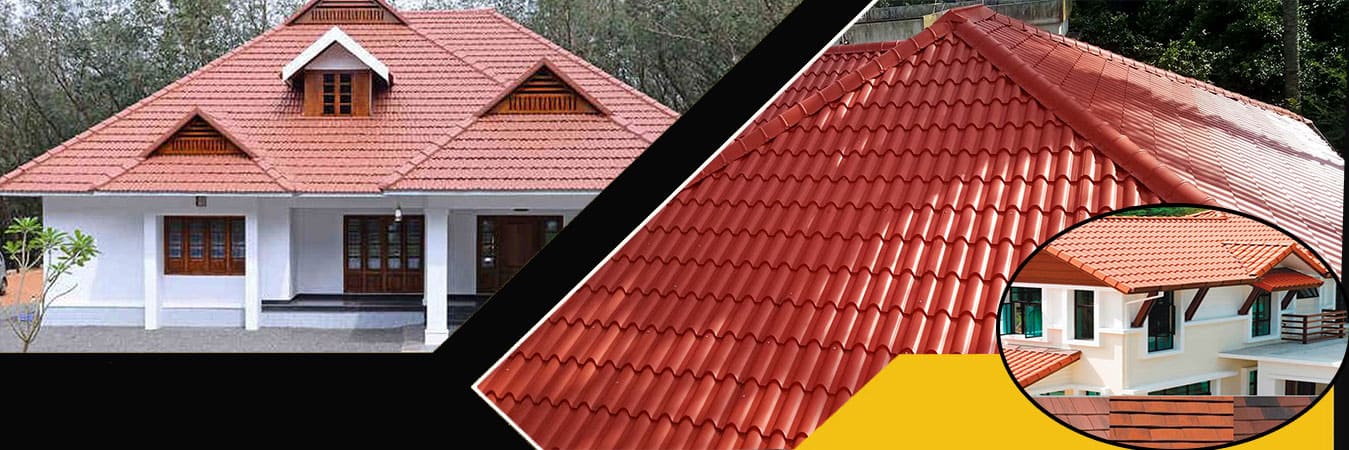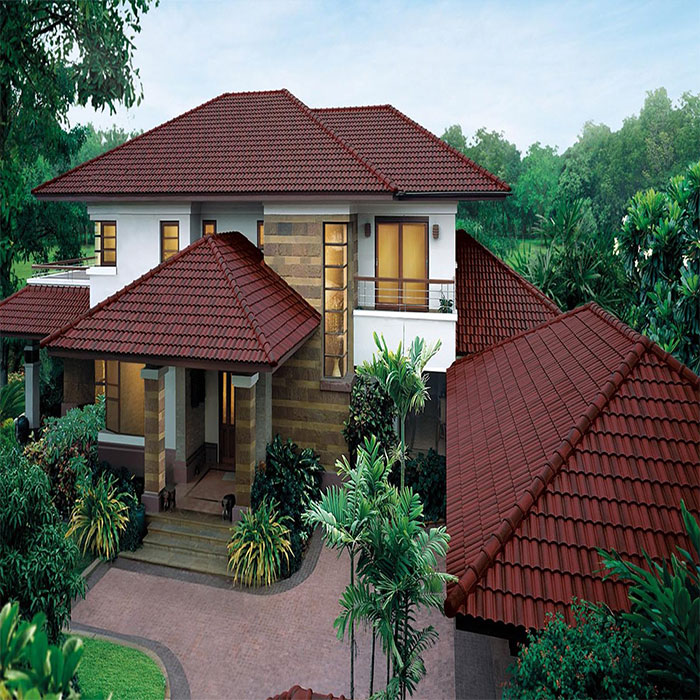


Roof design is a crucial element in the architecture of any building, and it often reflects the local culture, climate, and materials available in the region. One such iconic roof design is the Mangalore tile roof, a prominent feature in the coastal regions of South India, particularly in Mangalore, Karnataka. This essay explores the history, characteristics, and significance of Mangalore tile roof design, highlighting its timeless appeal and sustainable attributes.
The Mangalore tile roof design has a rich history dating back several centuries. It is believed to have been introduced by the Portuguese during their colonial rule in India in the 16th century. The design quickly gained popularity in the region due to its suitability for the coastal climate and the availability of locally sourced materials. Over the years, it became an integral part of the architectural heritage of South India.
Materials: The primary material used in Mangalore tile roofs is the Mangalore tile, also known as the 'Mangalorean tile' or 'Mangalorean roof tile.' These tiles are typically made from locally available clay and are characterized by their unique concave shape, which allows for efficient water drainage.
Design: Mangalore tile roofs are distinctive for their red or terracotta-colored tiles, creating a visually striking contrast with the lush greenery of the coastal landscape. The overlapping pattern of these tiles, along with their curvature, not only enhances the aesthetic appeal but also ensures effective rainwater runoff.
Durability: These clay tiles are known for their durability, often lasting for several decades with minimal maintenance. Their ability to withstand the corrosive effects of coastal air and heavy monsoon rains makes them an ideal choice for the region.
Thermal Insulation: Mangalore tiles provide excellent thermal insulation. They keep homes cool during the scorching summers by reducing heat absorption and, conversely, retain warmth during the colder months, making them energy-efficient.
Sustainability: The use of locally sourced clay and traditional manufacturing techniques makes Mangalore tile roofs an environmentally friendly choice. They are biodegradable, require minimal energy for production, and can be recycled if needed.
Mangalore tile roof design is not just a functional aspect of architecture but also holds deep cultural and historical significance. It is an integral part of the traditional South Indian architectural style and is seen in various types of buildings, including homes, temples, churches, and heritage structures. This roofing style continues to be a symbol of the region's rich cultural heritage and connection to its past.
Moreover, Mangalore tile roofs contribute to the sustainable development of the region by utilizing locally available resources and reducing the carbon footprint associated with construction. Their ability to withstand the challenges of the coastal climate also ensures the longevity of buildings, preserving architectural treasures for generations to come.
In conclusion, the Mangalore tile roof design stands as a testament to the ingenuity and adaptability of traditional architecture. Its distinctive features, including the use of locally sourced materials, efficient rainwater management, durability, and thermal insulation, make it a timeless and sustainable choice for coastal regions. Beyond its practical benefits, it serves as a cultural and historical icon, representing the unique heritage of South India. As we continue to explore sustainable architectural solutions, the Mangalore tile roof design serves as an inspiring example of how tradition and innovation can coexist harmoniously in the built environment.